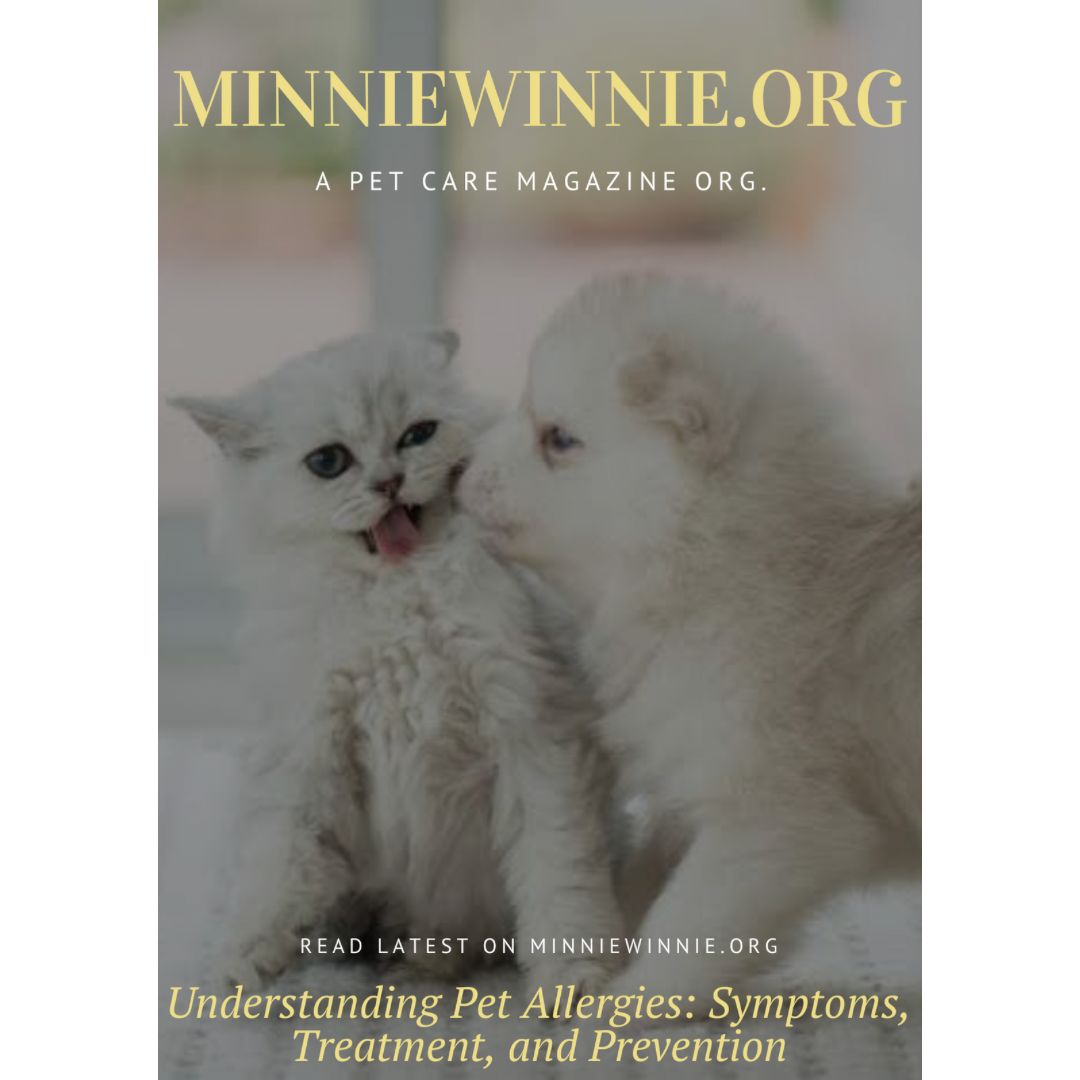Understanding Pet Allergies: Symptoms, Treatment, and Prevention
Pets bring joy, companionship, and unconditional love into our lives. However, for some, the presence of these furry friends can also bring about unwanted allergies. Pet allergies are a common issue, affecting millions of people worldwide. Understanding the symptoms, treatment options, and preventive measures can help manage and alleviate the discomfort associated with pet allergies, allowing for a harmonious coexistence with our beloved animals.
What Causes Pet Allergies?
Pet allergies are typically triggered by proteins found in an animal’s skin cells, urine, and saliva. When pets groom themselves, these proteins can become airborne and settle on surfaces throughout the home. Contrary to popular belief, pet hair itself is not an allergen, but it can carry these proteins along with other allergens like dust and pollen. Cats and dogs are the most common culprits, but any animal with fur or feathers can potentially cause allergic reactions.
Recognizing the Symptoms
Symptoms of pet allergies can vary in severity and may include:
- Respiratory Issues: Sneezing, coughing, nasal congestion, and runny nose are common symptoms. In some cases, individuals may experience wheezing and shortness of breath, particularly if they have asthma.
- Skin Reactions: Direct contact with pet dander can cause itchy, red, and inflamed skin. Some individuals may develop hives or rashes.
- Eye Irritation: Watery, red, and itchy eyes are frequent symptoms of pet allergies. This can be particularly bothersome for those who wear contact lenses.
- General Fatigue: Chronic exposure to allergens can lead to a general feeling of fatigue and malaise, affecting overall quality of life.
Diagnosis
If you suspect you have a pet allergy, consulting with a healthcare professional is essential. An allergist can perform tests such as a skin prick test or blood test to determine specific allergens. Accurate diagnosis is crucial for effective treatment and management.
Treatment Options
While there is no cure for pet allergies, several treatments can help manage symptoms:
- Medications: Antihistamines, decongestants, and nasal corticosteroids can relieve symptoms. For severe cases, immunotherapy (allergy shots) may be recommended to gradually desensitize the immune system to pet allergens.
- Home Environment: Reducing exposure to allergens at home is vital. This can be achieved by creating pet-free zones, particularly in bedrooms, and using high-efficiency particulate air (HEPA) filters to trap airborne allergens.
- Regular Cleaning: Frequent cleaning can significantly reduce allergen levels. Vacuum carpets and upholstery using a vacuum with a HEPA filter, wash pet bedding regularly, and consider using allergen-proof covers on mattresses and pillows.
- Pet Grooming: Regular grooming and bathing of pets can help reduce the amount of dander they shed. Brushing your pet outdoors can also minimize indoor allergen accumulation.
Prevention Strategies
Preventing pet allergies entirely can be challenging, but several strategies can minimize their impact:
- Choosing Hypoallergenic Breeds: Some dog and cat breeds produce fewer allergens than others. While no breed is completely hypoallergenic, breeds such as poodles, bichon frises, and sphynx cats are often recommended for allergy sufferers.
- Limiting Carpet and Upholstery: Carpets and upholstered furniture can trap allergens. Opting for hardwood or tile floors and leather or vinyl furniture can make cleaning easier and reduce allergen buildup.
- Regular Vet Visits: Keeping your pet healthy through regular veterinary check-ups can help minimize shedding and dander production. Addressing skin conditions promptly can also reduce allergen levels.
- Educate Family and Guests: Informing family members and guests about your pet allergy can help them take appropriate measures when visiting, such as avoiding bringing pets along or taking allergy medication beforehand.
Living Harmoniously with Pets
Living with pet allergies doesn’t necessarily mean having to give up your beloved animals. With the right strategies and treatments, you can manage symptoms effectively and enjoy the companionship of your furry friends. It’s about finding a balance that works for you and your household, ensuring both you and your pets are happy and healthy.
By understanding pet allergies and taking proactive steps, you can create a comfortable living environment that accommodates everyone, including your pets. After all, the love and joy they bring are worth the effort of managing the occasional sneeze or itch.










